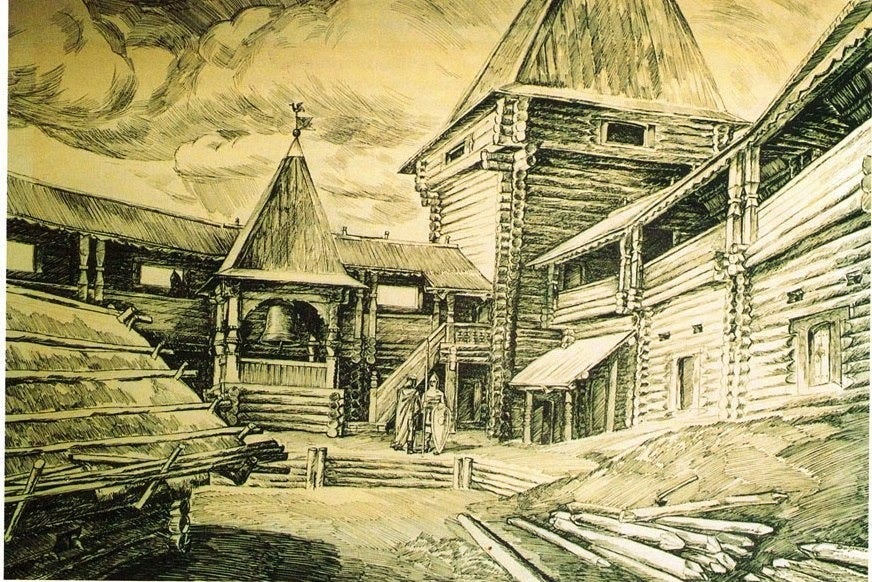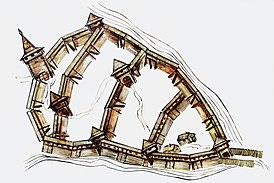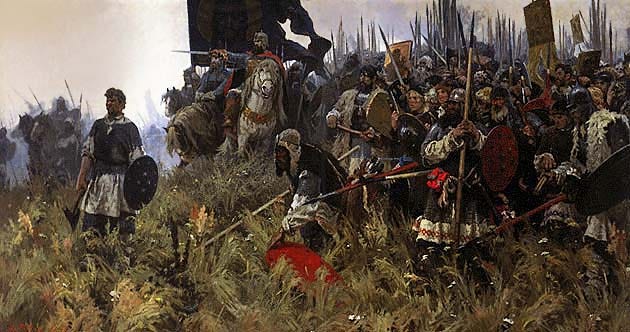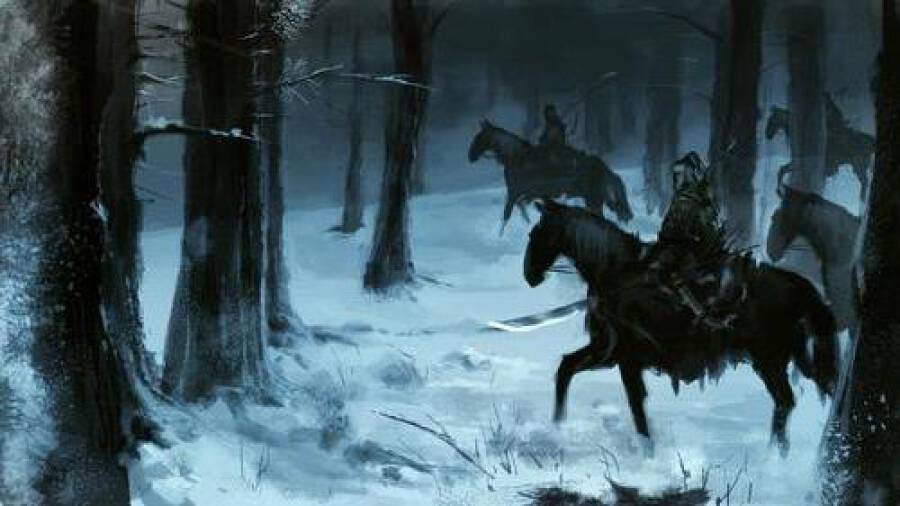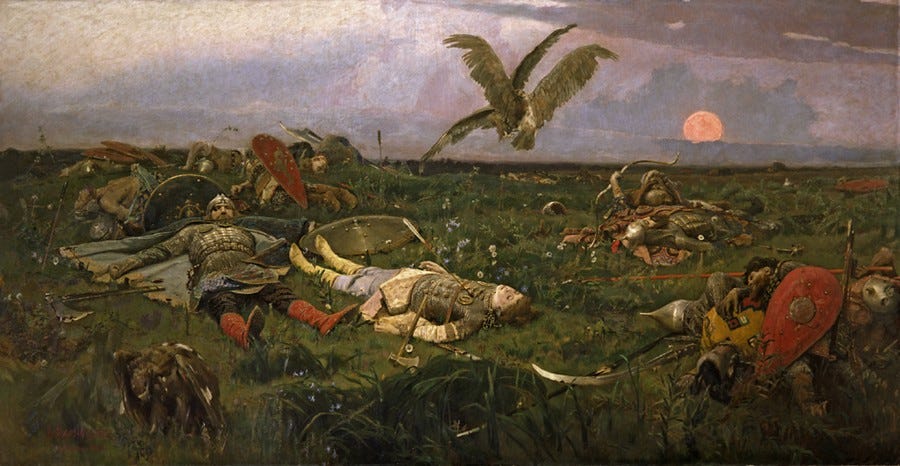Secrets Lurking in the Thicket of the Haunted Woods
In the heart of the Penza region, a dense forest loomed, shrouded in whispers of dread and ancient tales. There, researchers have solved an ancient mystery
In the heart of the Penza region (Russia), a dense forest loomed, shrouded in whispers of dread and ancient tales. For generations, the locals spoke of a place where shadows danced unnaturally, and the air felt heavy with sorrow. Few dared to enter, and those who did often fled with tales of terror, clutching remnants of the past—ancient arrows, rusted and worn, that hinted at the forest's dark history.
Sponsored Content
The Valentine's Day Shop
All the photos in this article are from Google Search
These arrows piqued the interest of a group of archaeologists from Penza. Drawn by the allure of discovery, they ventured into the ominous woods, uncovering a trove of artifacts buried beneath the earth for nearly 800 years. The site revealed an astonishing array of weapons, armor, and jewelry from distant lands, including pieces from China and India. It was a treasure trove that spoke of a long-forgotten time when an ancient fortress stood proud against the encroaching tide of war.
As they dug deeper, the archaeologists pieced together the tragic story of the fortress. In the 13th century, it had been a stronghold, a beacon of hope for its defenders, who numbered no more than 1,000. They faced the formidable Khan Batu and his army of 129,000, who sought to conquer Rus’. Despite the odds, the defenders chose to stand their ground, perhaps driven by a fierce loyalty to their land or perhaps by the knowledge of the Khan's reputation for sparing those who surrendered.
They discovered a woman clad in rich military armor among the fallen, symbolizing her strength and bravery. Nearby lay a gilded arrow, unmistakably belonging to Khan Batu himself. The archaeologists marveled at the significance of their find: this was not just a battlefield; it was a testament to the valor of those who had chosen to resist, even in the face of inevitable defeat.
They unearthed many treasures, including hidden money, valuables, and large reserves of freshly harvested grain from the fortress's remnants, suggesting the defenders had prepared for the worst end for the fortress. Yet, as the battle raged, heavy rain fell, soaking the earth and the fabric of their clothes, marking the day as one of despair and courage. The inevitable clash occurred in late autumn or perhaps early winter.
As the archaeologists continued their work, they pondered the motivations of the fortress’s defenders. Had they believed they could turn the tide against the Mongol horde? Or was it a matter of pride, of refusing to abandon their home? The legends spoke of a beauty that Khan Batu desired, and perhaps this beauty ignited a fierce determination within the hearts of the defenders—a desire to protect what was theirs, even if it meant facing death.
When the snow fell after the battle, it blanketed the land in a shroud of silence, hiding the horror that had unfolded. The surrounding villages fell prey to the Mongol forces, their inhabitants plundered, and their spirits broken. The stench of death lingered as spring arrived, yet no one came to honor the fallen. Time passed, and the once-proud fortress became a forgotten relic, swallowed by the encroaching forest.
For 800 years, the memory of that tragic day faded into folklore, becoming a tale of caution passed down through generations. The forest grew thick, its trees standing as silent sentinels over the ground where brave souls had once fought for their freedom. The fear of the place remained an echo of the past, a reminder of the tragedy that unfolded within its depths.
Yet, in the people's hearts, a sacred awe lingered for those who had stood their ground against insurmountable odds. Once a place of dread, the forest became a symbol of resilience and courage—a testament to the spirit of those who chose to fight, even when all seemed lost. And in the whispers of the wind through the trees, the stories of the forgotten fortress lived on, a haunting melody of bravery in the face of despair.
Sponsored Content




